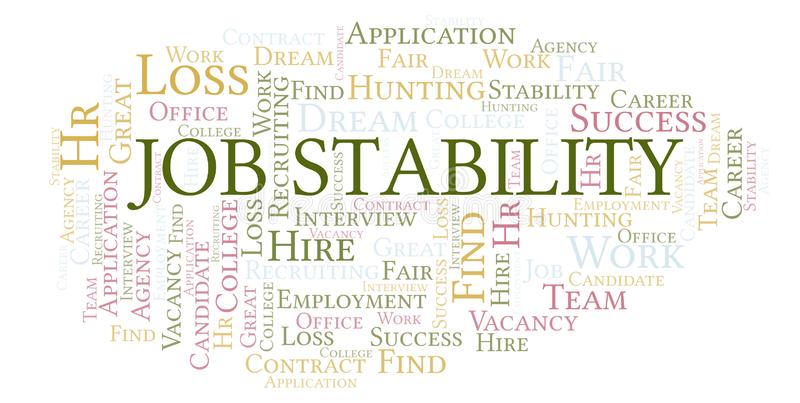
Stability at the Forefront of Candidate Needs
March 29, 2023
Prior to the pandemic, requests to break into the tech sector , join the exciting world of start-up culture, remote working, and big sign on bonuses were hot and heavy in recruiting calls I was conducting. I have quickly seen a shift to the subject of job stability and security and a newfound appreciation for it. The long-drawn-out pandemic, plethora of tech layoffs, and funding challenges for start-ups have all certainly contributed, but there are other factors I believe are at play.
A Fork in the Road
These experienced professionals seem to be at a fork in the road where the excitement of jumping on potential “rocket ships” has worn off and they are seeking out a more secure environment. Living with uncertainty has taken its toll. The forced scrappiness day in and day out and the challenge of working with limited or no resources has them thinking extensively about their next move. They are re-evaluating how to avoid previous pitfalls or red flags they chose to ignore upon joining former employers.
Could the days of joining an organization for 10, 15, or 25+ years and retiring be making a comeback? I think so…if the opportunity is there.
According to a recent survey Monster ran in the United States, 45% of respondents shared that job security and a pay increase were equally important to them.
Showcase Your Company Stability
So how can you as an employer or hiring manager secure and keep great talent and effectively showcase job stability within your company?
- Don’t pitch the job, then switch the job. Candidates understand that duties can evolve and potentially change over time. What they don’t understand is being brought in to conduct strategy and build a team only to be put in a daily individual contributor role with no team building in sight.
- Know your numbers. Be clear and realistic about the budgets you have for resources, contract talent, marketing programs, and hiring capacity to your managers and directors. Don’t overpromise and under deliver or you will leave your new hires feeling like they have been bait and switched.
- Create regular advancement opportunities. Have a pre-determined path for growth or at a minimum an annual performance review to increase salary or bonus opportunities.
- Sell the sizzle. Be able to tout the longevity of employee tenures at the company. Be able to illustrate new hires that came in as entry level staff and moved their way up to managers, directors, VPs, and executives. Know your employee success stories!
- Encourage open and honest communication between management and staff. Managers should be transparent when changes with the company occur and be able to communicate potential future consequences immediately. Goals, strategy, and vision should never be a question mark in the minds of the teams and departments within a company.
- Avoid over hybridization of duties. Although hybridization is on the rise, burning out your new Director of Marketing by asking them to be a writer, designer, digital marketer, videographer/editor, and social media guru is a bad business decision all the way around. Get them help. The spending will save you time, money, and headache in the long run and keep your new employee productive, happy, and loyal.
Retain Through Challenges
It should be noted that businesses fall and rise daily. It’s both the beauty and conundrum of our free market society. There are many factors that come into play to create a stable, and profitable entity. It’s also understood that sometimes no matter what founders do to prop up a company, that company can fail despite seemingly doing everything right. We believe that even through challenging times if employers are aware of what we hear from candidates, they can retain and improve job security for their workers, helping to secure top talent.